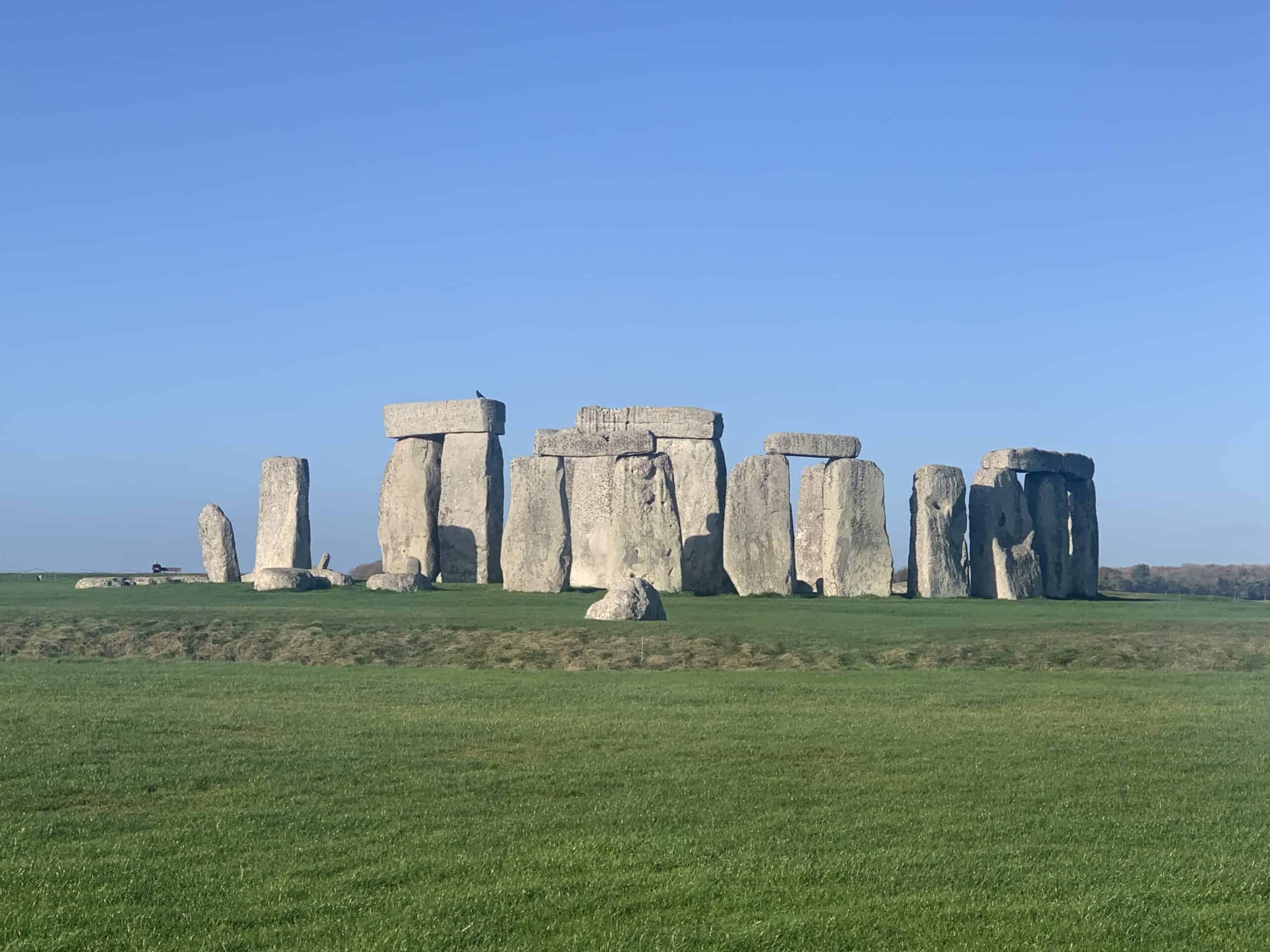
Stonehenge is located near the city of Salisbury in the southwest of England, about 150 km from London.
Scholars claim that the Stonehenge monument was built between 2500 BC and 2000 BC, but there is archaeological evidence to suggest that the plains surrounding the site were occupied by humans as early as 8000 BC.
At the structural level the complex is composed of two concentric circles. The outer circle consists of 30 sarsen, a series of vertical megaliths surmounted by a monolithic architrave.
The internal one instead is formed by 4 trilithons, or structures formed by 3 boulders, 2 vertical and 1 horizontal on the top. At the center of the two circles is a further monolith, presumably used as an altar on the occasion of the summer solstice, when the monolith is reached by the first solar ray of the day with the most hours of light of the year, as well as the beginning of the new fruitful season.
During the first studies, between 1600 and 1700, Victorian engineers took the liberty of raising some stones that they found lying on the ground, so some of them no longer have the same position as 4000 years ago.
The great mystery surrounding Stonehenge is what its meaning was. Science has always found itself very divided on the various hypotheses but, like the Pyramids of Giza, Stonehenge is still shrouded in a mysterious aura.
The site of Stonehenge is about 1 km from the visitor center, but is connected with shuttles every 5 minutes.
In the visitor center is the museum with over 300 archaeological objects found in the Stonehenge area such as jewelry, ceramics and tools of daily life.
Outside the visitor center there are reconstructions of some Neolithic houses with the aim of making known what was the lifestyle of people over 5,000 years ago.
















